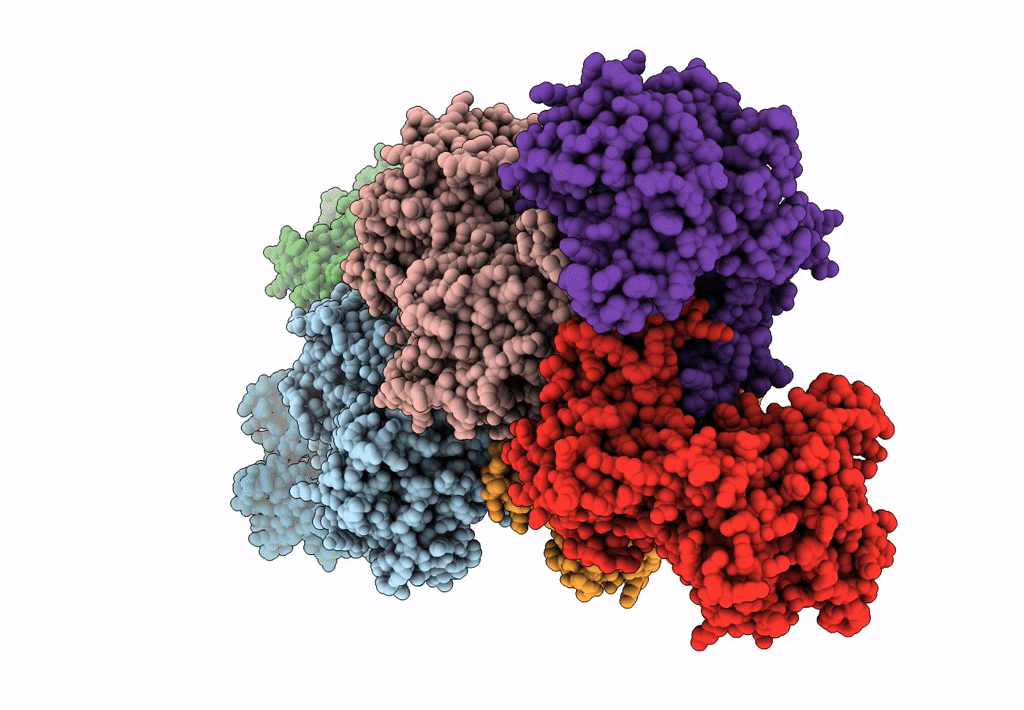
Deposition Date
2019-10-30
Release Date
2020-03-18
Last Version Date
2024-03-27
Entry Detail
PDB ID:
6L6Z
Keywords:
Title:
Cryo-EM structure of the Drosophila CTP synthase substrate-bound filament
Biological Source:
Source Organism:
Drosophila melanogaster (Taxon ID: 7227)
Host Organism:
Method Details:
Experimental Method:
Resolution:
6.09 Å
Aggregation State:
FILAMENT
Reconstruction Method:
HELICAL


